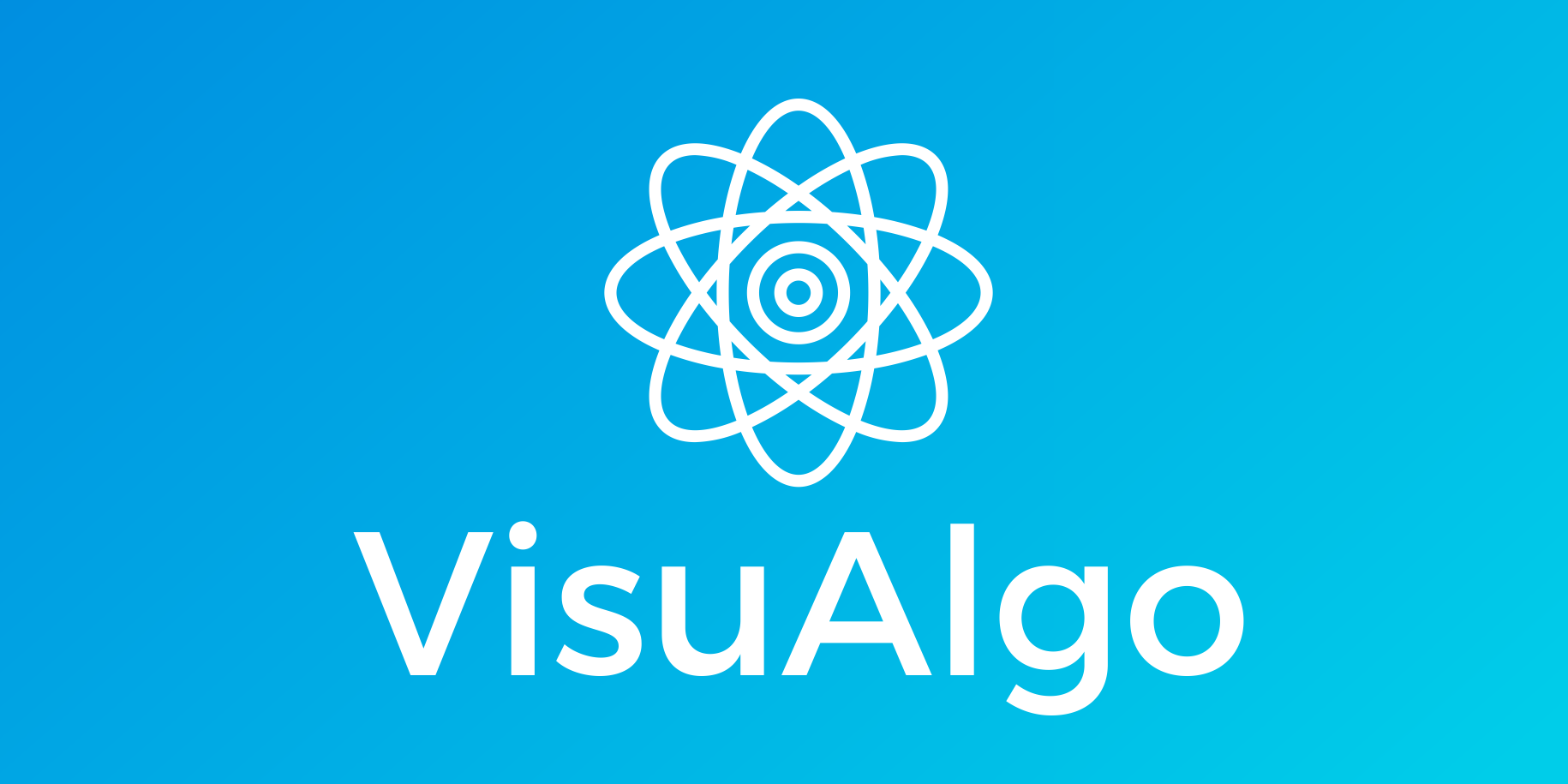Anime has become a worldwide cultural phenomenon, transcending language and geographical barriers. Yet, behind every beautifully crafted episode or film lies a lesser-known but critical element of the anime ecosystem — anime raws. For dedicated fans, translators, and archivists, anime raws represent the purest, unfiltered form of Japanese animation before any localization or editing occurs. Understanding what anime raws are, how they are produced, and their role in the global anime community reveals much about how anime travels from Japan to the rest of the world.
What Are Anime Raws?
In the simplest terms, anime raws are original, unaltered Japanese versions of anime episodes or films. The term raw refers to the absence of subtitles, dubbing, or external modifications. These files are often direct recordings from Japanese television broadcasts, Blu-rays, or digital platforms before any translation or encoding changes are applied.
For viewers in Japan, this is just “anime.” But for international fans, raws are the starting point — the clean slate — from which subtitled versions (known as fansubs) and other localized adaptations are created.
Raws typically feature the highest possible quality of audio and visuals available at the time of release. They showcase the studio’s intended presentation — color grading, sound effects, and timing — all preserved in their original state. In a sense, raws are the masterpiece canvas before translators and distributors add their regional touches.
The Origins of Anime Raws
Anime raws date back to the early days of the internet when anime fandom was still an underground movement outside Japan. Before official international licensing was widespread, foreign fans had very limited access to new anime. VHS tapes and DVDs imported from Japan were prohibitively expensive, and broadcast rights were limited to a handful of shows.
This led to the rise of fansubbing groups — passionate volunteer communities that would obtain anime raws, translate and subtitle them, then share them online for free. These fansubbers relied on Japanese television recordings or digital captures — the earliest raws — to create accessible versions for non-Japanese audiences.
In this grassroots ecosystem, raws were like gold. The better the quality of the raw, the better the final subtitled release. Over time, an entire subculture developed around sourcing, sharing, and preserving high-quality anime raws.
How Anime Raws Are Produced and Shared
There are three main sources for anime raws today:
-
TV Broadcast Raws:
These are captured directly from Japanese television broadcasts. They often include station logos, sponsor credits, and sometimes on-screen advertisements during breaks. Though not always the best quality compared to Blu-ray releases, TV raws are the first available versions of new episodes. -
Blu-ray and DVD Raws:
When a series is released on Blu-ray or DVD, it’s often remastered, cleaned up, and free from censorship that may have appeared on TV. Blu-ray raws, often labeled as BDRips, are the preferred source for high-quality fansubs and archival purposes due to their superior resolution and uncompressed sound. -
Web Raws:
With streaming platforms such as Amazon Prime, Netflix Japan, and Crunchyroll Japan, web raws are captured from digital streams. They typically offer consistent quality and fewer compression artifacts, though sometimes have DRM protections that complicate extraction.
These raws are often shared within private communities or on specialized file-sharing platforms. While the legality of distributing raws is murky (as they are copyrighted materials), they play an undeniable role in sustaining global interest and accessibility in anime, especially for shows that lack official international releases.
The Role of Anime Raws in the Fansubbing Community
The fansubbing scene, which has existed for decades, owes its existence to anime raws. Fansubbers meticulously translate dialogue, insert subtitles, and adjust timing — all relying on the raw as their foundation.
A single fansub release might involve several contributors:
-
Raw provider: Sources or records the original file.
-
Translator: Translates the Japanese dialogue.
-
Editor: Polishes the translated text for readability.
-
Timer: Synchronizes subtitles with the dialogue.
-
Encoder: Combines subtitles with the raw file, compressing it for distribution.
Without access to raws, this intricate volunteer-driven ecosystem would not be possible. Fansubbing not only helped anime reach international audiences before official licensing took off but also introduced thousands of fans to Japanese language and culture.
Even today, when simulcasts and official subtitles are widely available, fansubs remain active for niche or older shows, or for fans who prefer alternative translations. Raws continue to be the foundation of these independent efforts.
Legal and Ethical Considerations
The world of anime raws exists in a gray legal area. Since raws are typically unlicensed copies of copyrighted works, their distribution and download are technically illegal in most jurisdictions. Japanese broadcasters and studios have taken steps to curb raw sharing, particularly when it impacts commercial sales.
However, the raw community often positions itself not as a source of piracy, but as a network of preservationists and enthusiasts. Many raws are used for archival purposes, especially for older or obscure series that have never been officially digitized or released outside Japan. In some cases, raws are the only surviving versions of certain episodes, making them crucial for anime history preservation.
There is a growing debate around ethical fansubbing and raw sharing — whether it’s acceptable when no official alternative exists, or whether it undermines creators’ rights. While many modern fans opt for legal streaming services, the raw and fansub communities continue to thrive quietly, emphasizing cultural preservation over profit.
Why Fans Still Seek Anime Raws Today
Even with global streaming availability, anime raws continue to hold appeal. Here’s why:
-
Purity of Experience:
Watching a raw offers the most authentic experience — untouched by translation or localization. Some fans enjoy engaging with the Japanese language directly, using raws to improve their comprehension. -
Visual and Audio Fidelity:
Official streams often compress video for bandwidth reasons, while Blu-ray raws preserve the highest fidelity possible. Collectors and video editors prefer raws for this reason. -
Access to Unreleased or Censored Content:
Certain anime scenes or episodes may be edited or censored in international versions. Raws preserve the original form, allowing fans to view the work as the creators intended. -
Preservation and Research:
Anime historians, scholars, and archivists rely on raws for academic research and restoration efforts, ensuring that early or lost works remain accessible for future generations.
The Evolution of Raws in the Digital Era
In the past, raws were traded via IRC channels, torrent sites, and peer-to-peer networks. Today, cloud storage, private Discord servers, and Japanese forums host much of this activity.
The rise of AI-based upscaling and digital restoration tools has also transformed the raw community. Fans now use advanced software to enhance old TV raws, restoring color, sharpness, and even removing artifacts — effectively preserving anime heritage at a professional level.
Moreover, as studios begin remastering classic anime for 4K streaming, raws play an increasingly archival role — providing reference points for color correction and authenticity checks during remastering.
The Future of Anime Raws
As the anime industry continues its rapid globalization, the necessity of raws might seem to be fading. Yet, they remain vital for cultural preservation, education, and fan engagement.
In a future where AI translation, high-speed global streaming, and official simulcasts dominate, raws will continue to serve as the bedrock of authenticity. They remind fans where anime truly comes from — not just as entertainment, but as an art form steeped in Japanese language, aesthetics, and storytelling tradition.
Conclusion
Anime raws are more than just un-subtitled episodes; they are the foundation of global anime culture. From fueling the rise of fansubbing communities to preserving historical works, raws occupy a unique and important place in anime’s evolution.
While the legal and ethical boundaries around them remain complex, their cultural significance cannot be denied. Whether you are a casual viewer or a hardcore collector, understanding the world of anime raws offers a deeper appreciation for the artistry, dedication, and global collaboration that define the anime experience.
In the end, raws represent what anime truly is — raw creativity straight from Japan, unfiltered and untransformed, waiting to inspire the world.













Leave a Reply